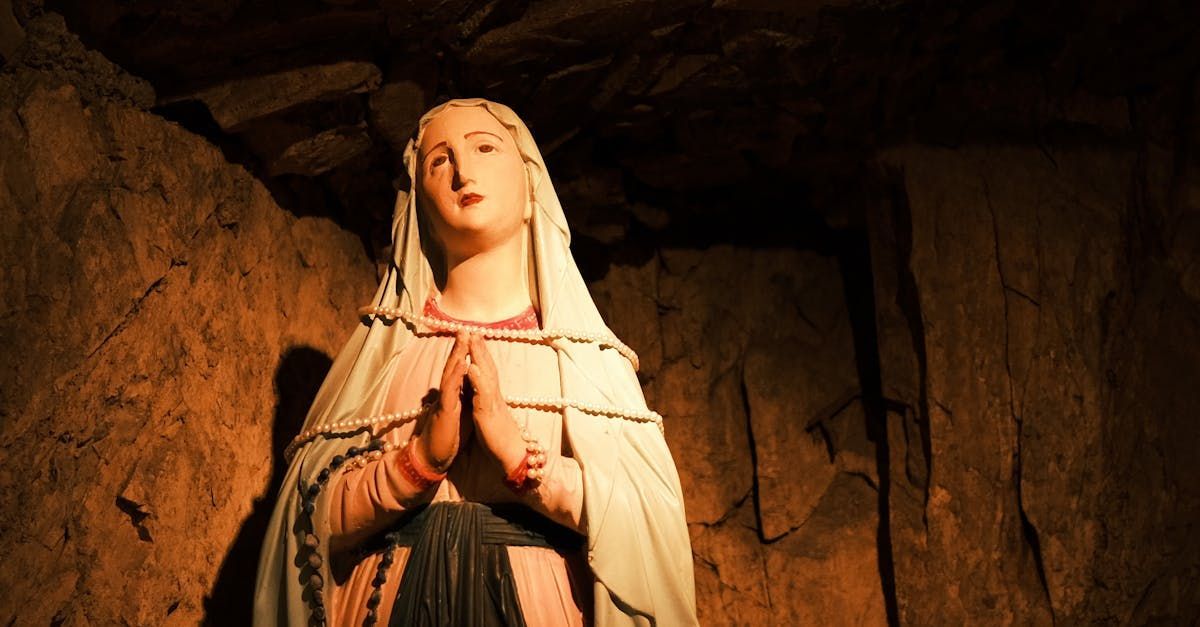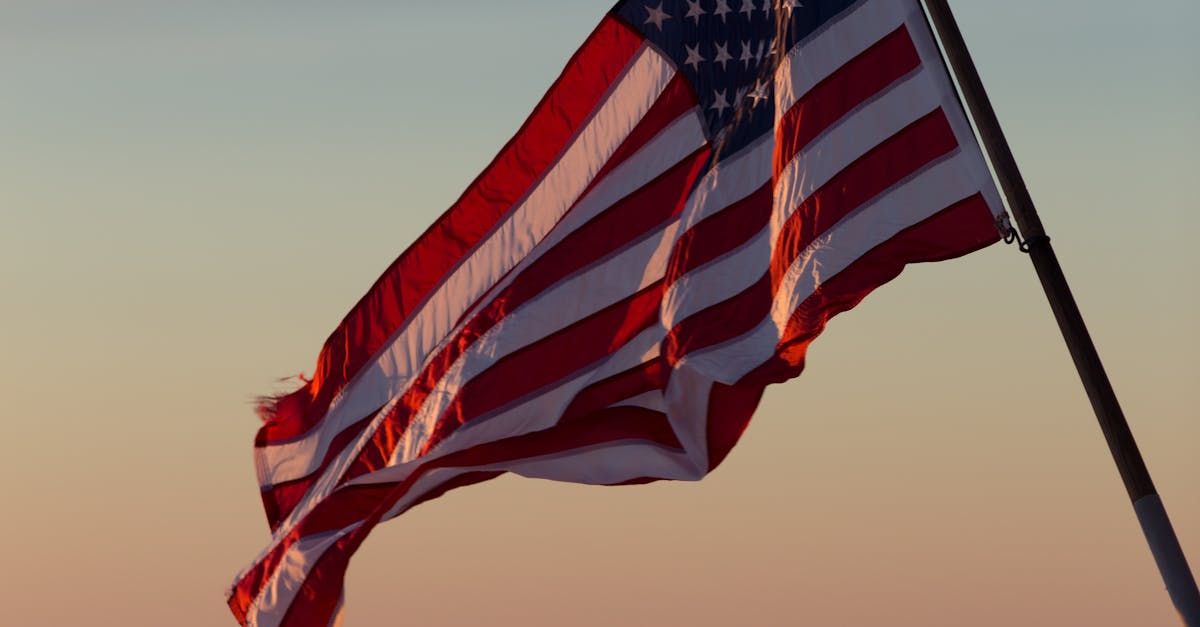Jesus Christ as the True Bread from Heaven
Fr. Andrew Reckers | August 18, 2024
During the past several Sunday Gospel readings, we have heard some of Jesus’ most profound teachings on the Eucharist. We hear Jesus describe Himself as the True Bread from Heaven which gives life to the world. Jesus teaches us that this Bread is His flesh indeed as opposed to ordinary bread. Moreover, this is a miracle that is even greater than the heavenly bread given to God’s chosen people in the Old Testament—the manna in the wilderness.
In last week’s Sunday Gospel (for the Nineteenth Sunday in Ordinary Time, Year B), we heard Jesus describe Himself as the bread that came down from heaven. In this Gospel, Jesus also points out that this is greater than the manna when He says, “Your ancestors ate manna in the desert, but they died; this is the bread that comes down from heaven so that one may eat it and not die. I am the living bread that came down from heaven; whoever eats this bread will live forever; and the bread that I will give is my flesh for the life of the world (John 6:49-51).” This is significant because the people were expecting Jesus to perform a great sign to demonstrate His divine power and authority, such as providing manna as was given to the people centuries before. In response, Jesus promises something even greater: That He would be the bread of life that gives eternal life.
This is one example of how Jesus fulfills and brings to completion God’s work of salvation that began in the Old Testament. In fact, there is a spiritual layer of interpreting the Exodus journey from Egypt to the Promised Land as describing our journey in this present life. God’s freeing the people from Egypt by bringing them through the Red Sea is a prefigurement of Jesus freeing us from sin by means of the waters of Baptism. Then, the journey through the wilderness in the Old Testament is a prefigurement of our journey in this life toward the new and ultimate Promised Land: Heaven. During the journey in the wilderness, God provided manna, a miraculous bread from heaven, to feed and sustain His people. Now, Jesus provides us with the Eucharist as He feeds us with Himself to sustain us in this life as we journey toward Heaven.
Then, in the Gospel for this Sunday (the Twentieth Sunday in Ordinary Time, Year B), Jesus doubles down on this teaching by responding to the objection, “How can this man give us his flesh to eat (John 6:52b)?” Jesus says, “Amen, amen, I say to you, unless you eat the flesh of the Son of Man and drink his blood, you do not have life within you (John 6:53).” This is strong language indeed! Coupling this with the fact that Jesus, the Bread of Life, is greater than the manna which was necessary to sustain the lives of God’s people in the Old Testament, we see that Jesus is insisting that the Eucharist is essential to sustaining us and giving us eternal life.
Although we are not yet experiencing the fulness of the great banquet of Heaven, we do have a foretaste of this feast in the Eucharist. Jesus shows such great love for us that He chooses to be present in this powerful albeit veiled way to sustain us in this life. As we continue to hear Jesus’ teachings in the Bread of Life Discourse in John 6, we hear how insistent Jesus is that we receive life through Him as the Bread of Life. This is a great opportunity for us to reflect on the greatness of the gift of Jesus in the Eucharist. It is indeed the greatest gift He could have given to our Church, for it is the gift of His very Self.


